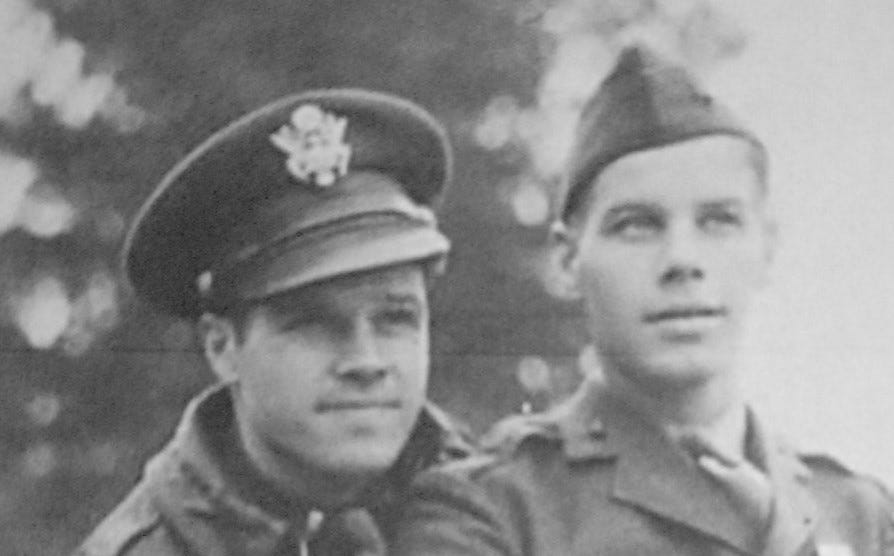Before they shipped out to win the war, twin brothers John and George Thomas met their parents in Walla Walla, Washington to say goodbye. The boys were going separate ways, so they posed for one last photograph together.
Only George, who served as an enlisted Marine in the Pacific, made it back …
Keep reading with a 7-day free trial
Subscribe to Polemology Positions to keep reading this post and get 7 days of free access to the full post archives.


